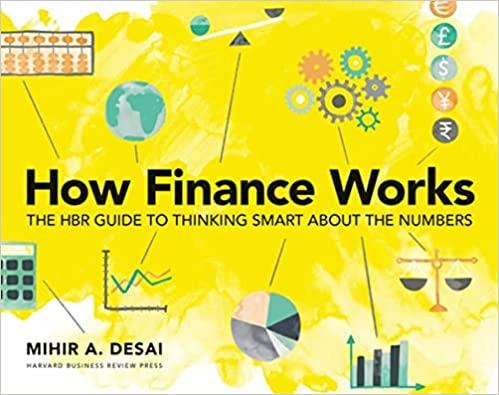Answered step by step
Verified Expert Solution
Question
1 Approved Answer
Dividends (multiple choice questions) On a nonliquidating distribution of depreciated property subject to debt, in terms of computing the shareholders dividend: The fair market value
Dividends (multiple choice questions)
- On a nonliquidating distribution of depreciated property subject to debt, in terms of computing the shareholders dividend:
- The fair market value is the amount of the distribution to the shareholder
- The fair market value less the debt is the amount of the distribution to the shareholder
- The fair market value plus the debt is the amount of the distribution
- The amount of the distribution depends on the amount of earnings and profits
- On a nonliquidating distribution of appreciated property subject to debt, the shareholders basis in the property would be:
- The fair market value of the distributed property
- The basis of the distributive property
- The fair market value minus the debt of the distributive property
- The basis minus the debt of the distributive property
- On a nonliquidating distribution of appreciated property, the corporations earnings and profits would be:
- Increased by the fair market value of the distributed property
- Decreased by the basis of the distributed property
- Decreased by the gain and increased by the fair market value of the property
- Decreased by the fair market value and increased by the gain
- On a nonliquidating distribution of depreciated property, the corporations earnings and profits would be:
- Decreased by the fair market value of the distributed property
- Decreased by the basis of the distributive property
- Decreased by the recognized loss and increased by the basis of the property
- Decreased by the recognized loss and increased by the fair market value of the property
- On a nonliquidating distribution of depreciated property, subject to the debt, the corporations earnings and profits would be:
- Decreased by the basis of the property and increased by the amount of the debt
- Increased by the basis of the distributed property and decreased by the amount of the debt
- Decreased by the unrecognized loss increased by the amount of the debt
- Increased by the fair market value of the property
- On a nonliquidating distribution of a corporations own obligations the corporation would:
- Not recognize gain or loss and decrease earnings and profits by the principal amount of the obligations
- Recognize gain or loss and decrease earnings and profits by the principal amount of the obligations
- Recognize gain only and decrease earnings and profits by the principal amount of the obligations
- Not recognize gain or loss and decrease earnings and profits by the fair market value of the obligations
- On a nonliquidating distribution of appreciated property, the shareholder will realize a return of basis when:
- The fair market value of the distributed property is a dividend covered by the corporation's earnings and profits
- The basis of the distributed property is a dividend covered by the corporations earnings and profits
- The fair market value of the distributed property exceeds the corporation's earnings and profits
- The basis of the distributed property exceeds the corporations earnings and profits
- On a nonliquidating distribution of depreciated property, the shareholder will realize a return of basis when:
- The fair market value of the distributed property is a dividend covered by the corporation's earnings and profits
- The basis of the distributed property is a dividend covered by the corporations earnings and profits
- The fair market value of the distributed property exceeds the corporation's earnings and profits
- The basis of the distributed property exceeds the corporations earnings and profits
- Corporations wishing to recognize loss on a nonliquidating distribution of depreciated property should:
- Sell the property to a shareholder who owns more than 50% of the company stock
- Distribute the property to a shareholder in respect of its stock
- Distribute the property subject to a mortgage
- Sell the property to a third party who resells it to a shareholder in an unrelated transaction
Step by Step Solution
There are 3 Steps involved in it
Step: 1

Get Instant Access to Expert-Tailored Solutions
See step-by-step solutions with expert insights and AI powered tools for academic success
Step: 2

Step: 3

Ace Your Homework with AI
Get the answers you need in no time with our AI-driven, step-by-step assistance
Get Started


